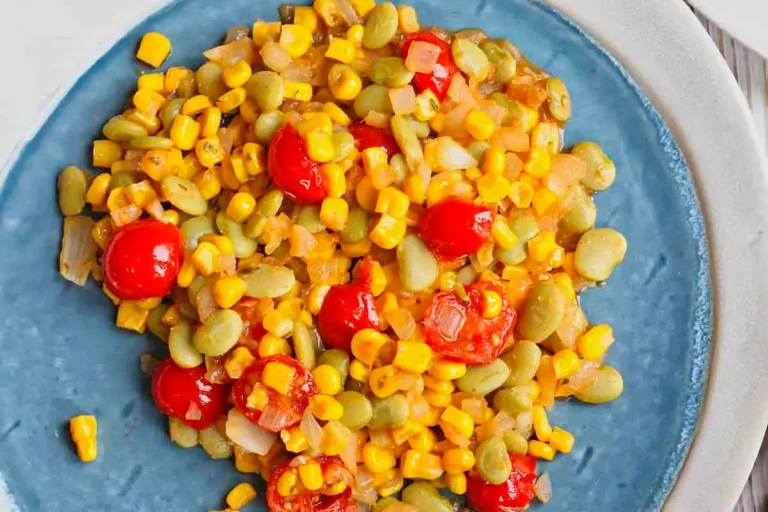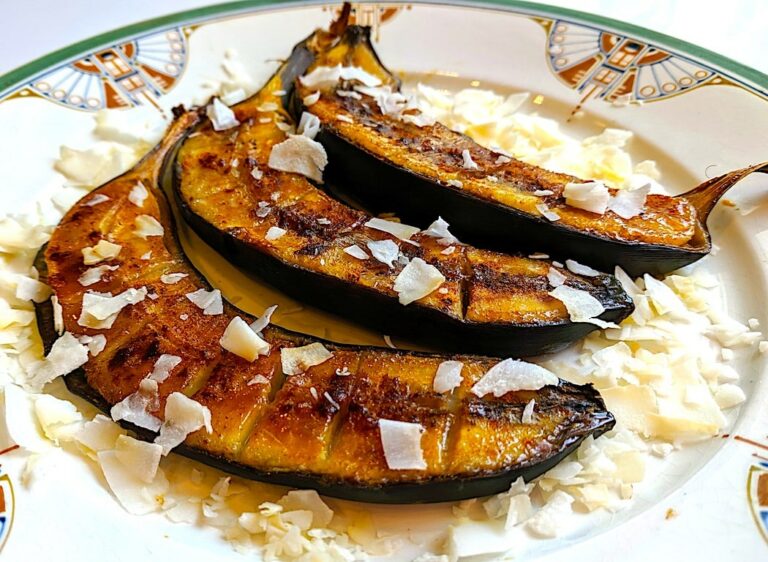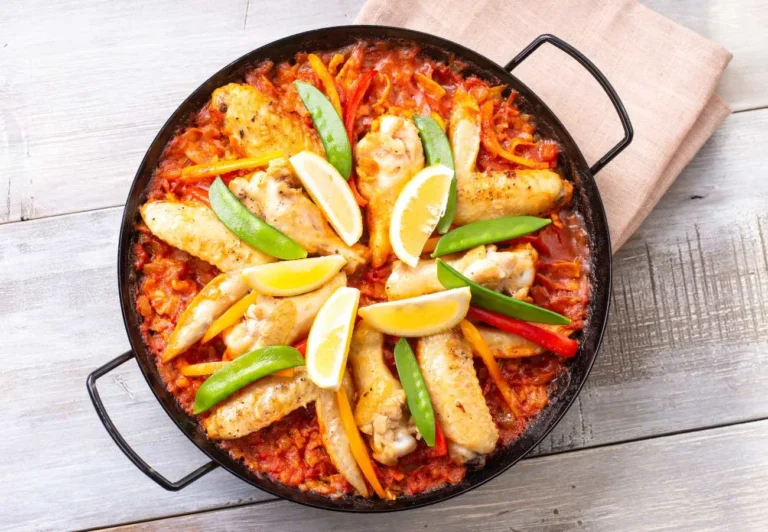Introduction: Equatorial Guinean Cuisine
Equatorial Guinean cuisine is a reflection of the country’s diverse cultural heritage. The cuisine is based heavily on staple foods such as plantains, cassava, yams, and rice. Seafood is also an important part of the cuisine, especially on the coastal regions. However, when it comes to beverages, Equatorial Guinea has a range of unique offerings that are worth exploring.
Traditional Beverages in Equatorial Guinea
Before exploring the unique beverages of Equatorial Guinea, it is essential to mention the traditional beverages that are commonly consumed in the country. These include palm wine, a fermented beverage made from the sap of various species of palm trees, and akpeteshie, a strong alcoholic drink made from distilled palm wine.
First Unique Drink: Malamba
Malamba is a popular beverage in Equatorial Guinea that is made from the fermented juice of the malamba tree. The juice is extracted from the tree and then allowed to ferment for a few days, after which it is ready to be consumed. Malamba is a refreshing drink that has a slightly sour taste and is often served cold.
Second Unique Drink: Balumba
Balumba is a traditional drink that is made from the fruit of the African star apple tree. The fruit is mashed and soaked in water for a few days, after which it is strained to remove the pulp and seeds. The resulting liquid is then sweetened with sugar or honey and served chilled. Balumba is a sweet and refreshing drink that is perfect for hot summer days.
Third Unique Drink: Bonji
Bonji is a popular drink in Equatorial Guinea that is made from fermented maize flour. The flour is mixed with water and allowed to ferment for a few days, after which it is ready to be consumed. Bonji has a sour taste and is often served with meals as a digestive aid.
Fourth Unique Drink: Ovila
Ovila is a traditional drink that is made from the pulp of the African oil palm fruit. The pulp is soaked in water for a few days, after which it is strained to remove the fibers. The resulting liquid is then sweetened with sugar or honey and served cold. Ovila has a sweet taste and is often consumed as a dessert.
Fifth Unique Drink: Nkume
Nkume is a popular beverage in Equatorial Guinea that is made from the bark of the nkume tree. The bark is boiled with water and then sweetened with sugar or honey. Nkume has a slightly bitter taste and is often consumed as a tonic.
Conclusion: The Unique Drinks of Equatorial Guinea
Equatorial Guinea may be a small country, but it has a range of unique beverages that are worth exploring. From the sour taste of malamba to the sweet taste of ovila, there is something for everyone to enjoy. These drinks are an essential part of Equatorial Guinean cuisine and are a reflection of the country’s rich cultural heritage.





